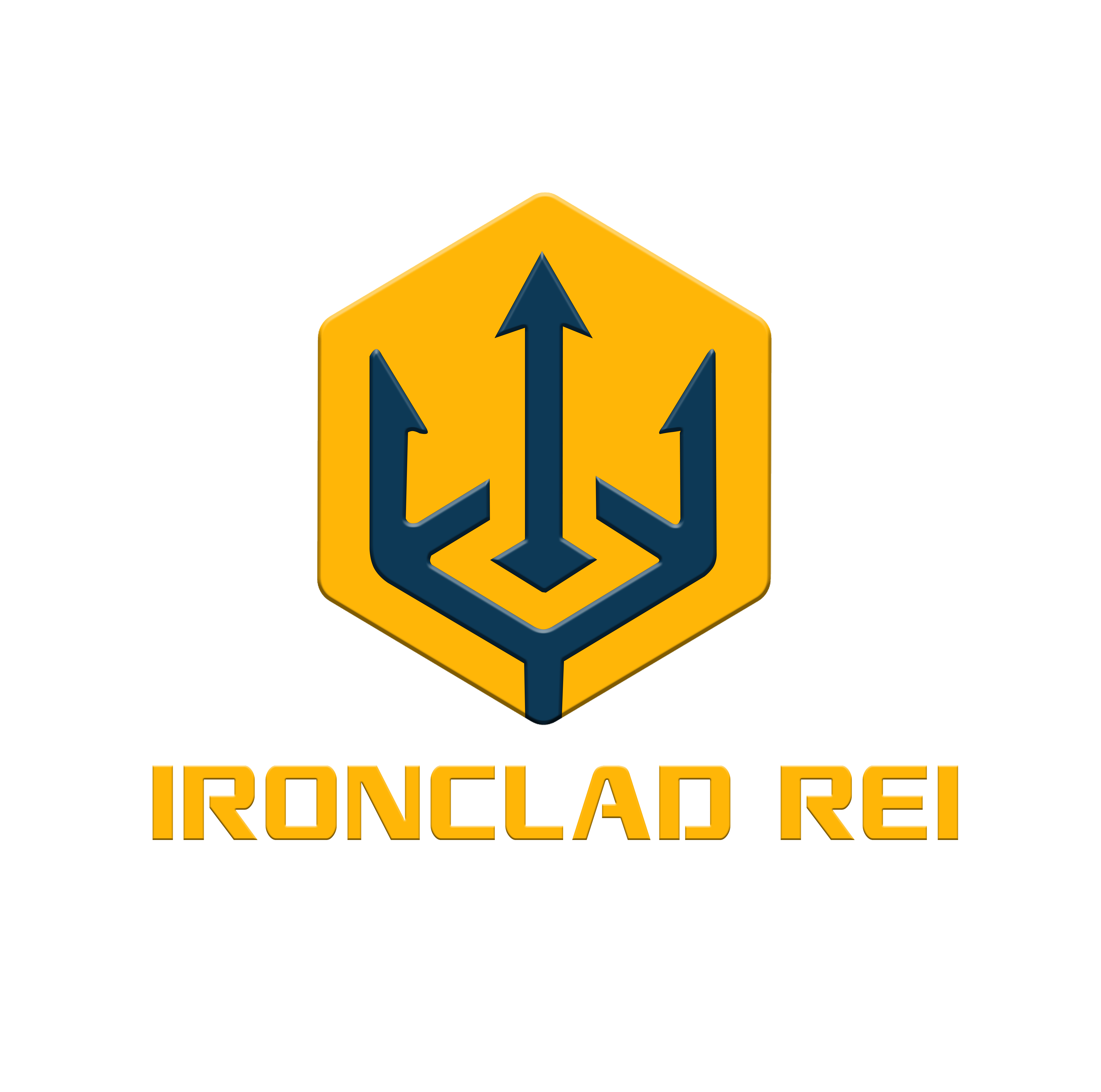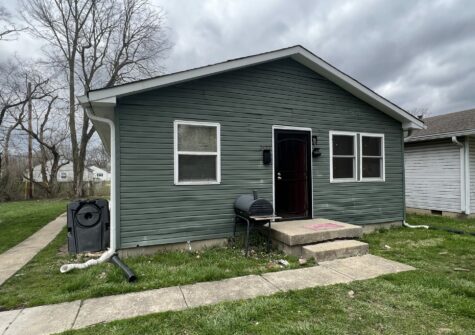Raw land, the possibilities are endless! You can purchase raw land (nothing but a blank canvas) to hold on to it for future appreciation or to develop it for residential or business use. While it does seem more complicated to purchase raw land than other investment type properties there are advantages to go ahead and take on the challenge.
There are 6 steps to developing raw land:
Economic Feasibility – Determine the estimated costs to develop and the expected revenue your venture will create.
Acquisition – Once you know the development costs and your revenue outlook you can determine a price for acquiring the property where you feel confident you will be profitable.
Zoning – You must know the zoning for the piece of land you are buying. How the property is zoned will affect how you are able to develop it. For example: Is it zoned residential or commercial? What type of commercial is allowable? What level of build out density is acceptable?
Financing – With the above knowledge you can now find investors. LTC or loan-to-cost ratio is critical.
Construction – Hurray! Now you are ready to build. Contractors are usually paid incrementally based on building milestones.
Marketing – Now you need to get buyers or renters interested in the property. Use all the tools available to you. Do not forget the power of social media.
Developing real estate for profit doesn’t have to be complex! Just follow six easy steps. #Ironclad
Key Points:
- 1Raw land investments are less competitive.
- 2Purchase price and holding costs are lower with undeveloped land.
- 3Appreciation of raw land is less affected by a down turn in the markets.
See the original at: https://www.fortunebuilders.com/raw-land-investing/




